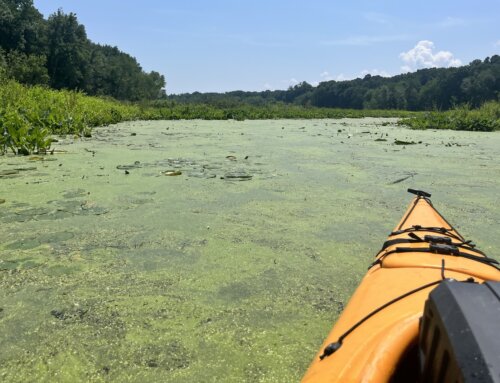To: Christine Thompson September 10, 2015
From: David L. Deen River Steward for The Connecticut River Watershed Council
Re: Indirect Discharge permit 9-0043 for Agri-Mark dba Cabot Creamery
Following are the comments of the Connecticut River Watershed Council on permit 9-0043.
CRC feels we need to put our comments into context relative to the Connecticut River. The River is the largest source of fresh water entering Long Island Sound (LIS). LIS is impaired for nitrogen and although Vermont is not a party to the EPA approved TMDL for LIS, the TMDL does have an impact in Vermont. EPA has required nitrogen reduction plans as part of all NPDES permits that renew in the CT River watershed, anticipating EPA requirements to reduce N discharge to the CT River. N is part of the waste that is permitted to be land spread and could be adding N to our river and LIS.
With that as background, CRC is concerned at the sheer volume of the wastes permitted for land application under the terms of this draft permit. The concentration levels of N within the polished permeate is low but the permit allows for large amounts of the waste to be land applied. A small percentage of a large volume still represents a significant amount of N being land applied. Consequently, the wastewater needs to be applied in the most environmentally responsible manner possible.
The draft permit does not require testing at the edge of field for runoff. The permit does not require testing of the surface waters. The permit does not require testing of the ground water effects of the N that is land applied. In fact, the permit as written does not require a sampling plan of the applicant to determine the impacts on the surface and ground water let alone implementation of such a plan. All of these usual steps one sees in most permits controlling waste are only activated at the request of the Secretary of ANR if the Secretary feels it is necessary at some future date, not as a condition of operating right now.
CRC feels the permit should require the applicant to develop a sampling plan for all surface waters potentially affected by the land application and implement it as a condition of the permit. The results of the sampling should be reported on a yearly basis not at the end of the permit in 2020 as it is now written.
Lastly, the draft permit requires a certified operator to supervise all aspects of the land application activities. CRC feels the permit should go one-step further to protect the tributaries to our River. Under the newly passed VT Clean Water Act, custom applicators of manure and other agricultural land applications must be trained and certified to [prevent them from misapplying nutrients too close to the waters of Vermont or at inappropriate times. Again because of the huge amount of permeate and whey that will be land applied, the drives of the vehicles and operators of in field spray system should receive the same training and be certified. This training is a preventative step to insure no N is released to the waters of Vermont.
Thank you for holding the public meeting in Cabot and for the chance to comment on this draft permit. Appropriate conditions in the permit will mean a great deal to health of the Connecticut River and Long Island Sound.
Connecticut River Watershed Council
David L Deen Upper Valley River Steward }>}}}}’>
PO Box 206
Saxtons River, VT 05154
802-869-2792
Fax 802-869-1103
ddeen@ctriver.org
ctriver.org
The River Connects Us







